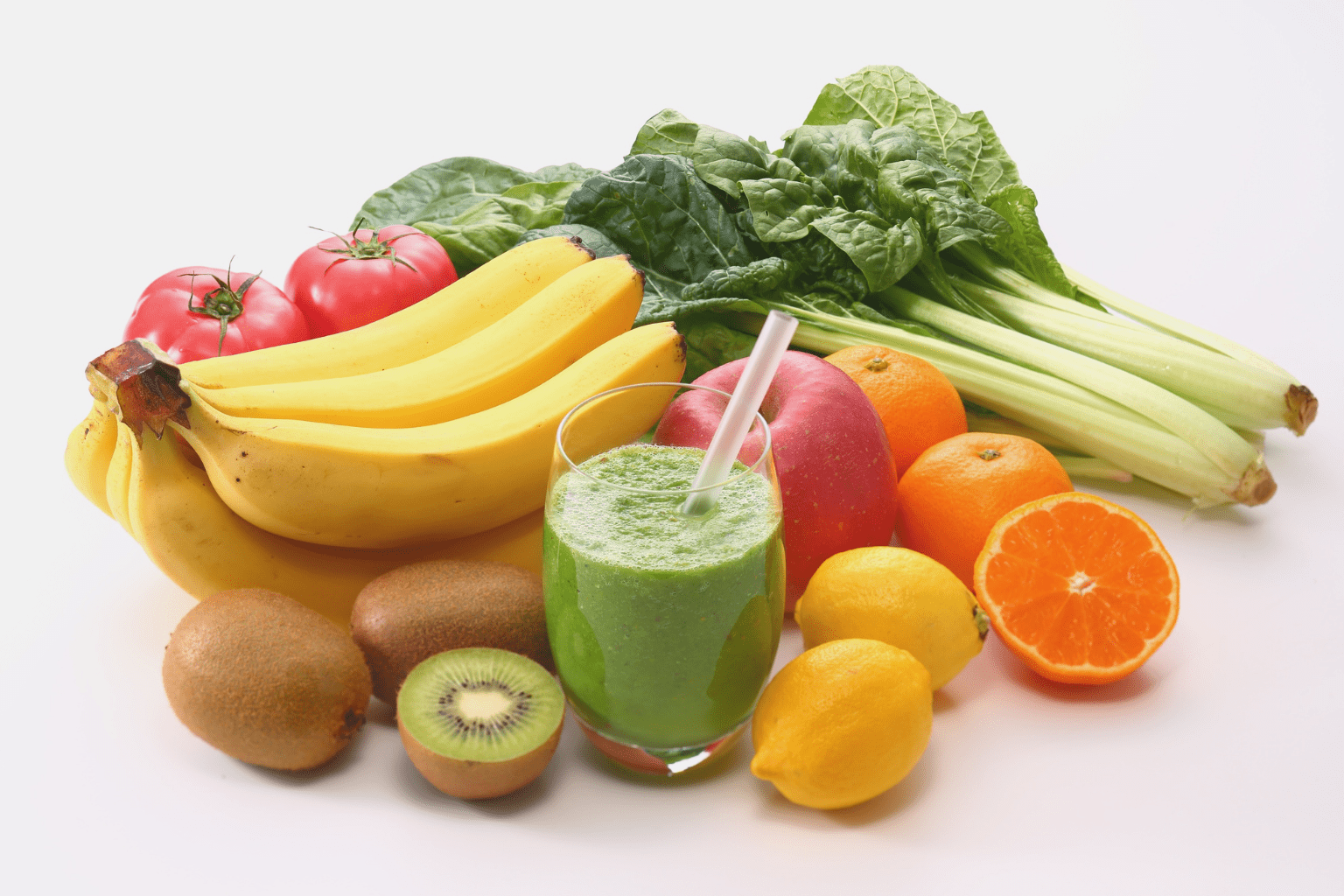
Highlights

Gout isn’t just a painful condition; it’s a lifestyle disruptor that many older adults face daily. This form of arthritis strikes suddenly, bringing intense pain, redness, and swelling to joints, most commonly the big toe, ankles, and knees. For elderly individuals, managing this condition often comes down to what’s on their plate. When uric acid levels climb too high in the bloodstream, those painful crystals begin to form in the joints, making everyday movements an endurance exercise. Let’s explore how dietary choices can either trigger or tame gout symptoms, with practical solutions specifically designed for older adults.
At its core, gout is an inflammatory type of arthritis that develops when there’s too much uric acid in your bloodstream, a condition doctors call hyperuricemia and gout. This excess can happen for two reasons: either your body is producing too much uric acid, or your kidneys aren’t filtering enough of it out. When levels rise too high, the uric acid crystallizes in your joints, causing those infamous, often debilitating gout attacks of pain and inflammation. Gout is a type of arthritis that affects millions of people worldwide, with diet playing a crucial role in its management.
For older adults experiencing gout, the warning signs are hard to ignore. The pain typically ambushes you in the night, sudden and severe, making even the weight of a bedsheet unbearable on the affected joint. After the initial attack subsides, lingering discomfort can persist for days or even weeks. The affected area often becomes red, swollen, and tender to the touch. Gout symptoms can significantly impact quality of life, especially for seniors who may already have mobility challenges. Catching these flare-ups early is important, as untreated gout can lead to joint damage and more frequent gout flare-ups over time.
What you eat significantly influences your uric acid level, making diet one of the most powerful tools for managing gout. The key factor here is purine, compounds found naturally in many foods that break down into uric acid during digestion. Diet plays a substantial role in controlling uric acid production and excretion. By limiting foods high in purines, you can help keep uric acid levels in check and reduce the frequency and severity of gout flares. A balanced diet focused on low-purine foods can help manage gout effectively while still providing necessary nutrients.
If you’re dealing with gout, these high-purine foods should be limited or avoided:
Foods to avoid with gout also include many processed foods that may contain hidden purines or ingredients that negatively affect gout. Simply cutting back on these foods often leads to fewer gout attacks and less severe symptoms when they do occur.
What you drink matters just as much as what you eat. Sugary foods and beverages containing fructose can raise uric acid levels significantly. Alcohol, especially beer (which contains both alcohol and purines from grains), is a double threat for people with gout. Wine in moderation might be less problematic than beer, but during active flare-ups, it’s best to avoid all alcoholic beverages. Certain foods and drinks can dramatically increase the risk of gout attacks, making attention to your diet essential for anyone diagnosed with gout.
The good news is that plenty of delicious foods are low in purines and can be enjoyed freely as part of a diet for gout:
Adding these best foods to eat to your daily meals creates a healthy diet that supports joint health while still being satisfying and flavorful. Many foods that are beneficial for anti-inflammatory effects also help with gout management.
Water is your best friend when managing gout. Staying well-hydrated helps your kidneys flush excess uric acid from your system, reducing the chance it will crystallize in your joints. Aim for at least 8-10 glasses of water daily. Cherry juice can be a beneficial addition to your fluid intake, as it combines hydration with the anti-inflammatory properties of cherries. Proper hydration is particularly important for elderly individuals to help get rid of uric acid through urination.
Planning meals can make managing gout much easier. Here’s what a balanced day of eating might look like for someone with gout:
This plan focuses on the best foods to eat while ensuring you get a good balance of proteins, carbohydrates, and healthy fats. Following a gout-friendly diet doesn’t mean sacrificing flavor or satisfaction.
Smart shopping makes sticking to a gout-friendly diet easier. Read food labels carefully, looking for hidden sources of purines and added sugars. Choose fresh produce whenever possible, and opt for lean protein sources like chicken or turkey instead of red meat. Keep your pantry stocked with whole grains and low-purine staples so you always have gout-friendly options available. When shopping for convenience foods, look for lower-sodium options, as some research suggests a connection between salt intake and gout flares. Many people with gout also benefit from adopting elements of the Mediterranean diet, which is naturally lower in purines.
Beyond diet, several natural approaches may help manage gout symptoms:
These natural remedies can complement your dietary changes, though they shouldn’t replace medical treatment. You can learn more about natural approaches to managing gout in scientific literature that examines their effectiveness.
Your weight plays a significant role in gout management. Carrying extra pounds increases uric acid production and puts additional stress on your joints. Losing weight gradually through a combination of healthy eating and regular physical activity can help reduce gout attacks and lower your risk of gout.
Speaking of activity, regular, gentle exercise benefits those with gout in multiple ways. Low-impact options like walking, swimming, or water aerobics keep joints mobile without causing stress. Aim for 30 minutes of activity most days of the week, but be cautious during flare-ups; rest is important when joints are inflamed. Living with gout requires a comprehensive approach that includes both dietary changes and lifestyle modifications.
What foods should I avoid with gout? The main foods to avoid with gout are high-purine items like red meats (especially organ meats), certain seafood, including shellfish and oily fish, and sugary beverages. Beer and other alcoholic drinks should also be limited, as they can trigger gout attacks in many people. Particular foods, such as red meat, seafood, and foods that are high in fructose, can significantly raise the risk of gout.
Why is hydration important for gout? Drinking plenty of water helps your body dilute uric acid in your bloodstream and promotes its excretion through your kidneys. This reduces the chance of uric acid in the body crystallizing in your joints, which is what causes those painful gout attacks. Think of water as a natural flushing system for excess uric acid. Proper hydration is essential for managing gout and reducing the risk of a gout attack.
Are there any natural remedies for gout? Yes, several natural approaches may help treat gout symptoms. Ginger and turmeric have anti-inflammatory properties that can reduce pain and swelling. Cherry juice or fresh cherries have also shown promise in lowering uric acid. These natural remedies work best as part of a comprehensive approach that includes dietary changes and any medications your doctor has prescribed. The management of gout often requires a combination of medical treatment and lifestyle modifications, as outlined in clinical practice guidelines.
Managing gout as an older adult isn’t just about avoiding certain foods; it’s about creating a balanced approach to eating that keeps uric acid levels in check while still enjoying meals. By limiting high-purine foods like red meat and seafood, embracing low-purine alternatives such as low-fat dairy and cherries, and staying well-hydrated, you can take control of your symptoms.
Remember that dietary changes work best when combined with other healthy habits like maintaining a healthy weight and staying physically active with gentle, joint-friendly exercises. Natural remedies like ginger and turmeric can add another layer of support to your gout management plan.
Everyone’s experience with gout is unique, so it’s important to work with your healthcare provider to develop a personalized approach that addresses your specific needs and health concerns. What works for one person might not work for another, and finding your optimal diet may take some trial and error.
Have you found certain foods and beverages that trigger your gout symptoms? Or discovered remedies that help prevent gout attacks? Sharing your experiences can help others on their journey toward better joint health. Drop a comment below with your insights or questions; your story might be just what someone else needs to hear!
